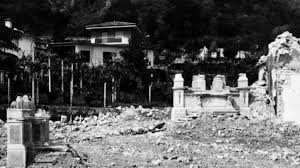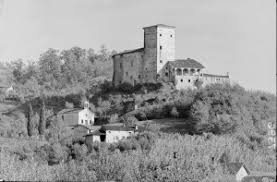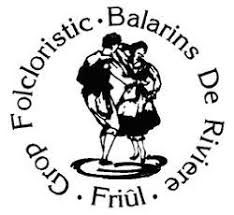Di Magnano se ne ha già testimonianza in documenti del 1204, ma verrà così denominato solo nel 1867 con decreto firmato da Vittorio Emanuele II. I suoi luoghi soleggiati in ogni stagione offrono un quadro d’autore: la fioritura dei ciliegi e dei mandorli in primavera,i vigneti generosi ed i boschi di castagno in autunno. Costituiscono parte della memoria storica: le tombe longobarde di Longeriacco, il castello di Prampero, di cui restano solo le rovine in seguito al terremoto del 6 Maggio 1976 che segnò profondamente il paese e l’animo dei suoi abitanti, la via Julia Augusta di origine Romanica e le torbiere. Da sempre quale zona di transito tra la Carinzia e i porti sull’Adriatico; Magnano rimane testimonianza della laboriosità del suoi abitanti nel campo delle attività commerciali, alberghiere e nell’industria immobiliare e artigianale, tra cui spicca quella consolidata della posa del porfido. Un piccolo Paese, un cantuccio di mondo, ma anche un’esplosione di colori e di vitalità della sua gente!

VISTA DI MAGNANO
view of Magnano
IL TERREMOTO DEL 1976
the earthquake of 1976
IL CASTELLO
the castle
Of Magnano is already witnessed in documents of 1204. Its places offer an authoritative picture: the blossoming of cherry and almond trees in spring, the generous vineyards and chestnut woods in autumn. The Lombard tombs of Longeriacco, the castle of Prampero, of which only ruins remain after the earthquake of 6 May 1976 which profoundly marked the town and the soul of its inhabitants, the Via Julia Augusta of Romanesque origin and the peat bogs are part of historical memory. It has always been a transit area between Carinthia and the Adriatic ports; Magnano remains testimony to the industriousness of its inhabitants in the field of commercial, hotel and real estate and craft industries, among which the consolidated one of the porphyry laying stands out. A small country, a corner of the world, but also an explosion of colors and vitality of its people!
